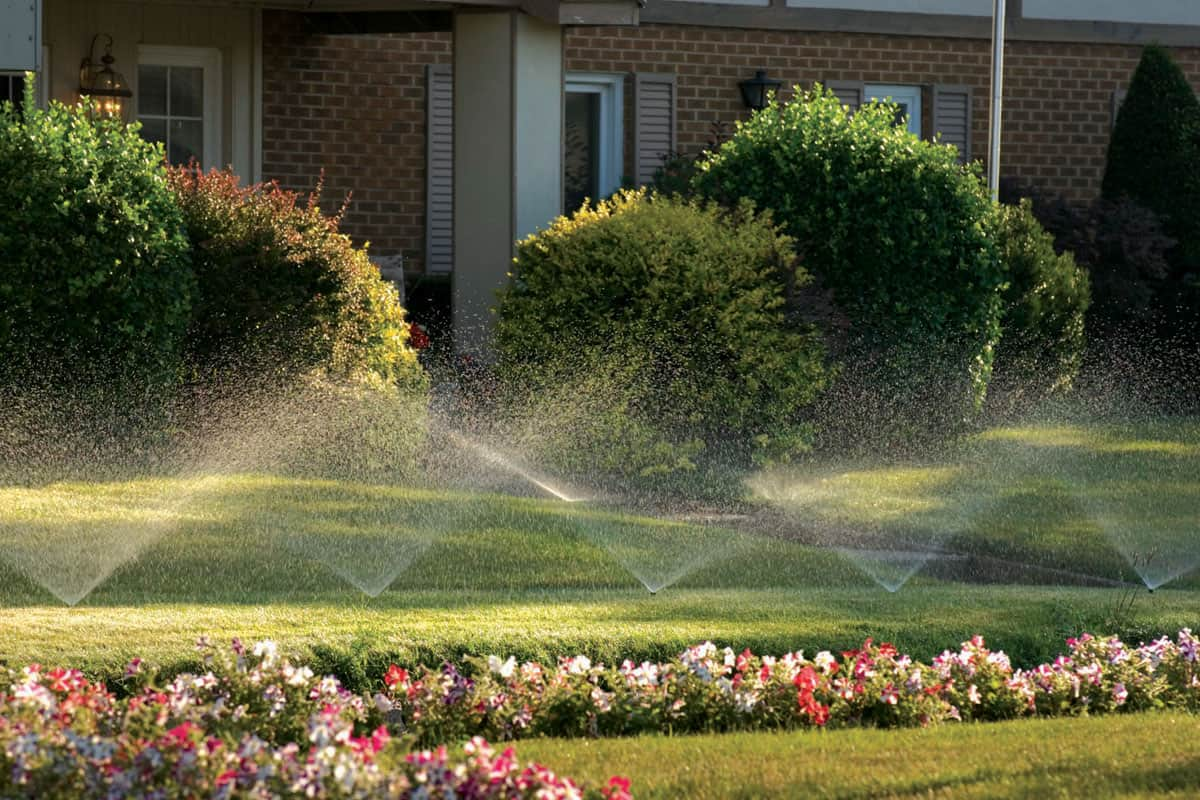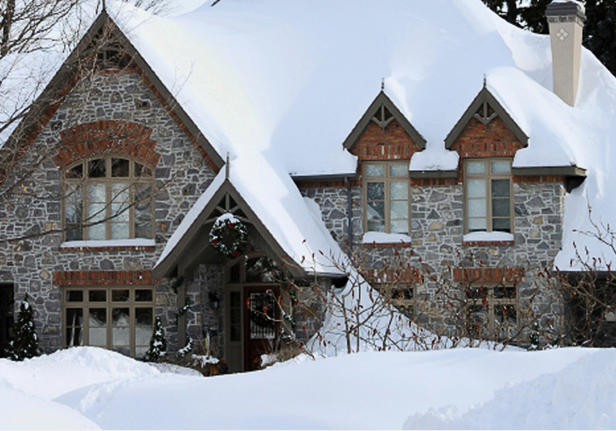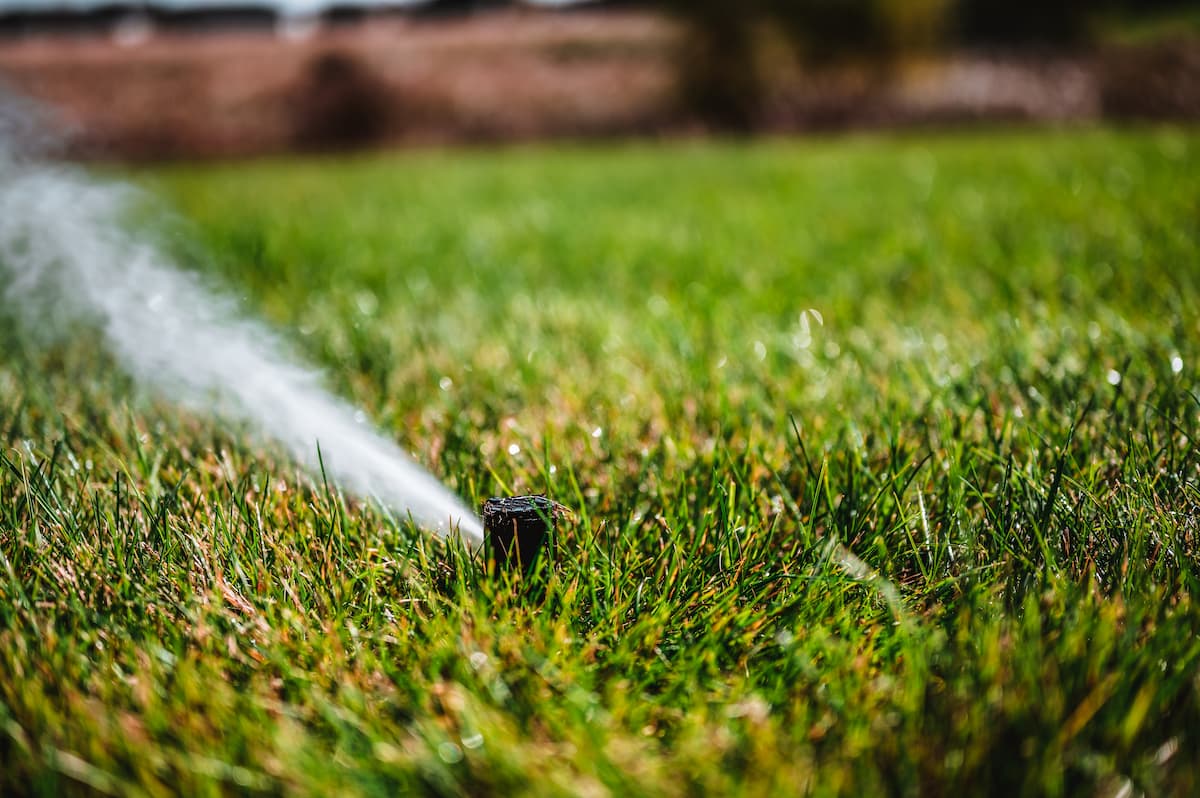Steps to Winterize Your Sprinkler System
Winterizing your lawn sprinkler system prevents your pipes and valves from being damaged during winter and extends the system’s life overall.
Although the steps included in a lawn sprinkler winterization servicing seem simple, they are best handled by a professionally qualified team who are fully equipped to properly shut down your system and correct any issues discovered as they do so.
Here is a short list of the sprinkler system winterization steps we follow as part of our routine annual care plan.
Note: Falco Lawn & Sprinkler works in the northeast serving : Westchester, Rockland, Dutchess, Orange, and Putnam County in New York and Fairfield County in Connecticut.. The steps we follow may be different than those followed further north or south than we do here in zones 6&7.
Draining Your System Manually

The manual method is effective when your sprinkler’s manual valves are positioned at the end and low points of the irrigation piping. The process involves disconnecting your water supply and activating all manual drain valves. After that, the boiler drain valve on the stop and waste valve is then opened to drain any residual water between the irrigation water shut-off valve and the backflow device.
Some systems have automated components that drain the water when the main valve is shut off.
Draining Your System Using Blowout Method

On the controller, the zone with the sprinklers is turned on while the backflow isolation valves are closed.
Then, the compressor’s valve is kept open to gently allow air to enter the irrigation system.
Throughout the procedure, the blowout pressure must not exceed 80 PSI and should remain below the rated maximum pressure limit of the lowest pressure permitted component on that zone.
Contact our team or your local Lawn Irrigation Professional to Winterize your Sprinkler System.
Because the winterization process is potentially dangerous, it is best to hire a professional instead of doing it yourself. Sprinkler winterizing and other lawn care services are second nature to our team of experts. Feel free to contact us whenever you require our services.
Trust Westchester's Lawn Irrigation Experts to Winterize your Sprinkler System
About our company, At Falco Lawn Sprinklers we use only the finest-quality lawn irrigation systems and system components. Our products meet and exceed all industry specifications. All of our services are available on-demand or by customizable maintenance plans based on the needs of our customers.
- Expansion & modification of existing lawn sprinkler and irrigation systems
- Spring start-ups
- In-season service work
- System winterizing and shut-down services
- Backflow testing
- Emergency sprinkler system repair
- Surge protection
- Our sprinkler systems use Predictive Watering™ techniques – that save up to 50% more water than other competitive irrigation systems!

